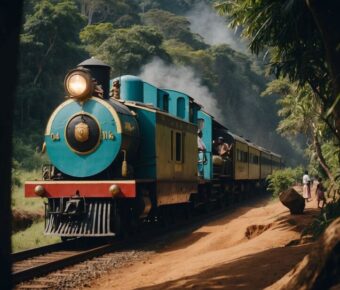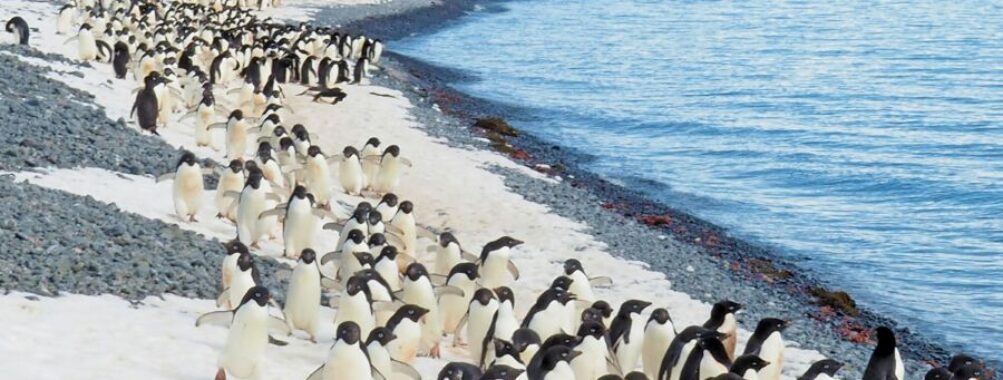
Antarctica Trip Cost: Budget-Friendly Options Under $10,000
Dreaming of penguin encounters and icy landscapes? An Antarctica trip is the ultimate bucket list adventure, but it comes with a hefty price tag. A typical Antarctica voyage costs between $7,000 and $40,000 per person. This includes your cruise, meals, and activities on the frozen continent.
Why so pricey? Antarctica is remote and harsh. Ships need special reinforcements to handle sea ice. Fuel and supplies must be shipped long distances. But the payoff is worth it – you’ll see stunning glaciers, breaching whales, and waddle with penguins in one of Earth’s last untouched places.
Your budget affects the trip length, cabin type, and extras. A basic 6-day cruise starts around $5,000. Luxury 3-week expeditions with helicopter rides can top $100,000. Most people spend $8,000 to $15,000 for a 10 to 14-day trip. Plan to save up, but the memories will last a lifetime.
Contents
- Key Takeaways
- Understanding Antarctica Trip Costs
- Cost Factors
- Cruise Types
- Seasonal Price Variations
- Pre-Trip Expenses
- Travel Insurance
- Clothing and Gear
- Flights and Accommodations
- Typical Expedition Inclusions
- Meals and Accommodations
- Excursions and Activities
- Destination-Specific Costs
- South Georgia and Falklands
- Antarctic Peninsula and Beyond
- Ship Selection and Cabin Choices
- Understanding Vessel Types
- Cabin Categories and Rates
- Additional and Hidden Costs
- Port Fees and Crew Tips
- Optional Extras
- Money-Saving Strategies
- Booking at the Right Time
- Last-Minute Deals
- Wildlife Encounters and Seasonal Considerations
- Best Time for Wildlife
- Weather and Climate Impact
- More Travel Guides
Key Takeaways
- Antarctica trips range from $5,000 to $100,000+ per person
- Costs cover your cruise, food, and excursions to the continent
- The best time to visit is November to March during the Antarctic summer
Understanding Antarctica Trip Costs
Planning a trip to Antarctica takes careful budgeting. Prices vary widely based on several factors. Let’s break down what you need to know about the costs involved.
Cost Factors
Your Antarctica trip cost depends on a few key things. The type of ship you choose makes a big difference. Bigger cruise ships are often cheaper, while small expedition vessels cost more. Trip length matters too – longer voyages are pricier. The activities you want to do also affect the price. Things like kayaking, camping, or helicopter tours add to the cost.
Flights to your departure point in South America aren’t usually included. You’ll need to budget extra for those. Don’t forget about gear either. You might need to buy or rent special cold-weather clothing.
Insurance is a must for Antarctica trips. It can run $90-$140 depending on your coverage. Factor that into your budget too.
Cruise Types
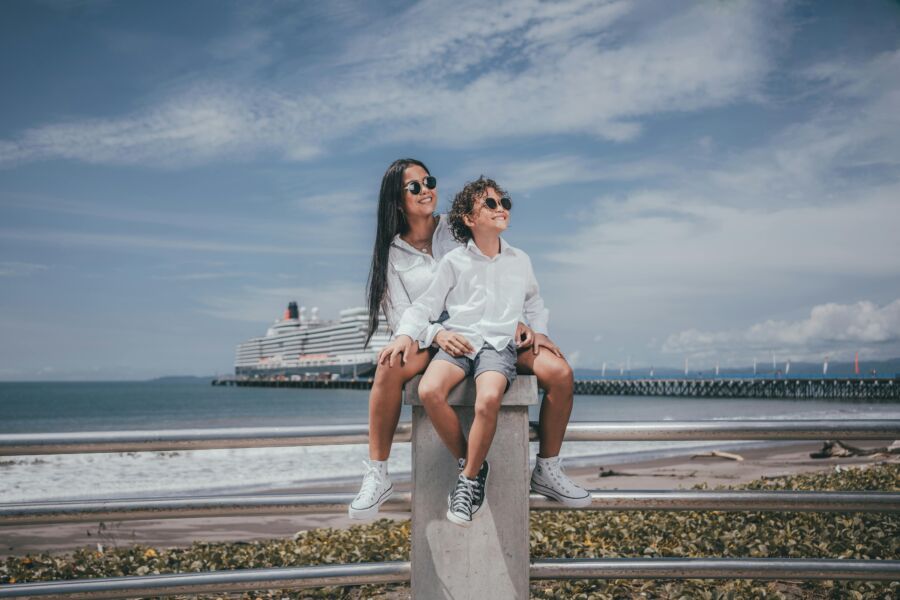
You’ve got a few options when it comes to Antarctica cruises. Luxury cruises offer the most comfort but come with a hefty price tag. Expect to pay $30,000 to $50,000 per person for these high-end trips. You’ll get spacious cabins, gourmet meals, and top-notch service.
Mid-range cruises are a popular choice. They strike a balance between comfort and cost. Prices typically range from $10,000 to $20,000 per person. You’ll still get good amenities and experiences, just not as fancy as luxury options.
Budget cruises are your cheapest bet. They start around $5,000 per person. You might share a cabin and have fewer frills, but you’ll still see the same amazing sights.
Seasonal Price Variations
When you go affects how much you’ll pay. High season is mid-December through February. It’s the most popular time, with the best weather and wildlife viewing. But it’s also the most expensive. Expect to pay top dollar during these peak months.
Shoulder seasons offer better deals. November and March are good times to find discounts. You can often save about 20% compared to high season prices. The weather might be a bit colder, but you’ll still see plenty of wildlife.
Early season (October-November) and late season (March-April) have the lowest prices. You might find trips for $7,000 to $10,000 per person. Just keep in mind that conditions can be more challenging during these times.
Pre-Trip Expenses

Getting ready for an Antarctica trip involves several upfront costs. You’ll need to budget for essential items and bookings before even setting foot on the icy continent.
Travel Insurance
Travel insurance is a must for your Antarctica adventure. Many tour operators require it. Look for policies that cover trip cancellation, medical emergencies, and evacuation. Expect to pay 5-10% of your total trip cost for comprehensive coverage. Some plans might even include gear protection.
Don’t skimp on this expense. Antarctica’s remote location means medical care can be extremely costly. A good policy gives you peace of mind in case of unexpected issues.
Clothing and Gear
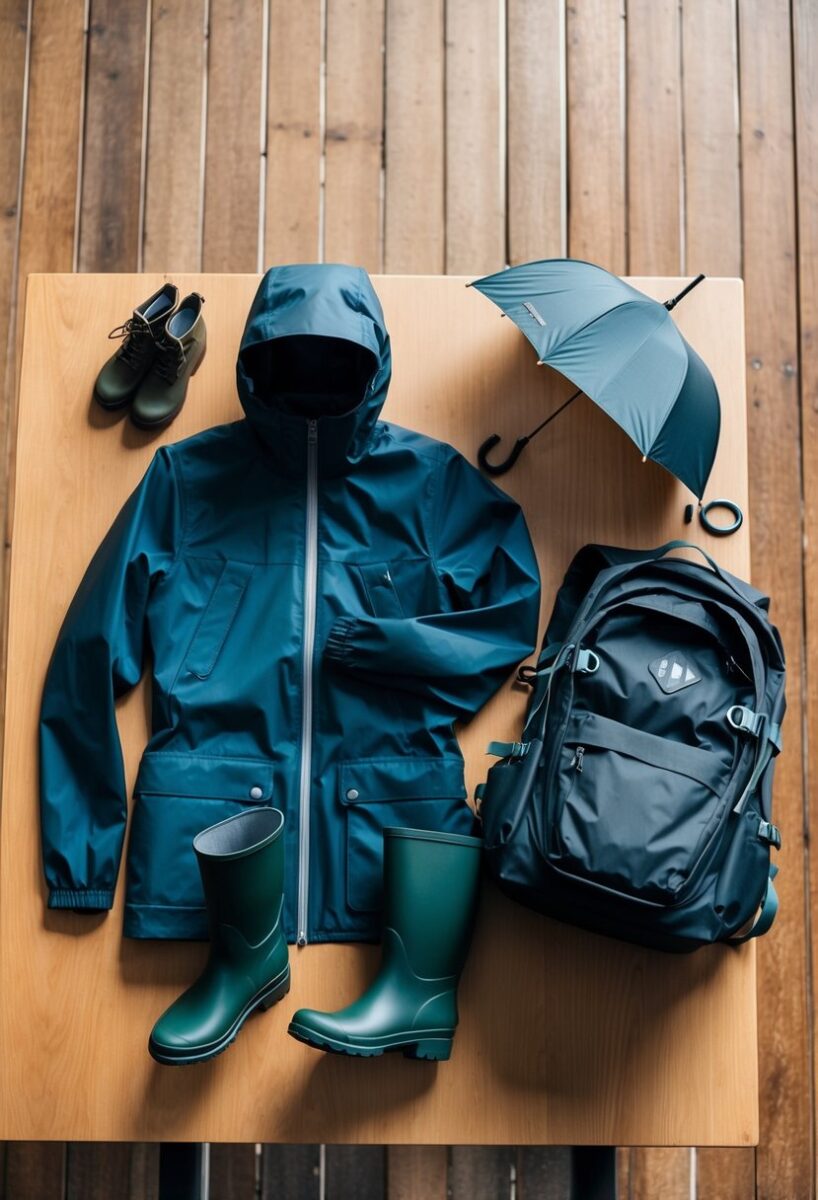
Antarctica’s harsh climate demands proper gear. You’ll need warm, waterproof layers, insulated boots, and accessories like gloves and hats. Some key items to buy:
- Waterproof parka
- Insulated pants
- Thermal base layers
- Waterproof boots
- Warm socks
- Gloves and hat
Budget $500-$1000 for new gear. You can save money by renting some items or borrowing from friends. Many tour companies provide outer layers, so check what’s included in your package.
Flights and Accommodations
Getting to Antarctica usually means flying to South America first. Book flights to cities like Buenos Aires or Santiago. From there, you’ll typically fly to Ushuaia, Argentina – the main departure point for Antarctica cruises.
Expect to spend $1000-$2000 on international flights, depending on your starting location. You might need a night or two in a hotel before and after your cruise. Book accommodations in advance, as options can be limited during peak season.
Budget $200-$300 per night for decent hotels in gateway cities. Consider vacation rentals for longer stays or if traveling with a group. They can offer more space and potential savings.
Typical Expedition Inclusions

Antarctica trips come with many built-in elements to make your journey comfortable and exciting. Your cruise package covers the essentials and some extras to enhance your polar adventure.
Meals and Accommodations
You’ll stay cozy in your onboard cabin throughout your Antarctica expedition. Most ships offer a range of room types, from basic shared cabins to luxurious suites with private balconies. Your meals are included too – expect hearty breakfasts, lunches, and dinners in the ship’s dining room.
Many cruises serve up local specialties like king crab and Chilean sea bass. Snacks and hot drinks are usually available 24/7. Some higher-end trips even include complimentary wine and beer with meals. Special diets can often be accommodated if you let the crew know in advance.
Excursions and Activities
Your Antarctica travel cost covers daily shore landings and Zodiac cruises to see penguins, seals, and stunning icebergs up close. Expert guides lead hikes and provide info on the local wildlife and environment. Many trips offer extra adventure activities for an added fee.
You might try sea kayaking among the ice floes or spend a night camping on the Antarctic Peninsula. Some cruises include photography workshops or citizen science projects. Onboard, you can enjoy lectures, movies, and social events in the evenings. A few luxury expeditions even offer spa treatments or helicopter flightseeing tours as part of the package.
Destination-Specific Costs
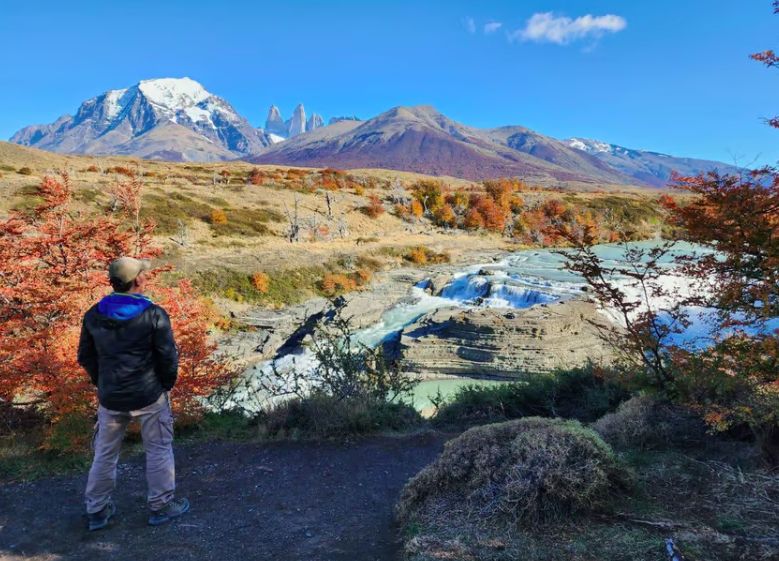
When planning your Antarctica trip, you’ll find costs vary depending on which areas you visit. The main regions have different price points and experiences to offer.
South Georgia and Falklands
Trips including South Georgia and the Falklands are pricier but offer amazing wildlife encounters. You’ll pay $10,000 to $15,000 for a 14-20 day cruise. South Georgia’s king penguin colonies and rugged landscapes are worth the splurge. The Falklands add British charm and more penguins to your trip.
Gear costs are higher for these longer voyages. Budget $500-$1000 for quality cold-weather clothing. Food is included on the ship, but bring cash for souvenirs in Stanley, the Falklands capital.
Antarctic Peninsula and Beyond
Peninsula trips are the most common and affordable Antarctic option. You’ll spend $5,000 to $10,000 for a 10-12 day cruise. This covers the basics – icebergs, penguins, and a continent landing.
For the ultimate adventure, East Antarctica and Ross Sea trips cost $20,000 to $40,000. These month-long voyages reach emperor penguin colonies and historic explorer huts. You’ll need serious cold gear – expect to spend $1000+ on clothing and boots.
Don’t forget extras like kayaking ($300-$500) or camping on the ice ($200-$300). These add to the cost but create unforgettable memories.
Ship Selection and Cabin Choices

Picking the right ship and cabin can make or break your Antarctica trip. Your choices impact comfort, activities, and costs. Let’s dive into the options.
Understanding Vessel Types
Expedition ships are smaller and more nimble. They carry fewer passengers, usually 50-200. These ships can reach remote spots and offer more landings. You’ll get a more intimate experience with nature and wildlife. But they might have basic amenities.
Luxury ships are bigger and fancier. They hold 200-500 people. You’ll find spas, gyms, and gourmet dining. But they can’t access all areas due to their size. Some offer helicopters or submarines for extra exploring.
Adventure ships fall in between. They blend comfort with exploration. These might be your best bet for a mix of amenities and adventure.
Cabin Categories and Rates
Cabin prices vary widely. Here’s a rough guide:
- Interior cabins: $5,000-$10,000 per person
- Ocean view: $7,000-$15,000
- Balcony: $10,000-$20,000
- Suites: $15,000-$30,000+
Lower decks are cheaper but might be noisier. Upper decks cost more but offer better views. Sharing a cabin can cut costs in half.
Some ships have triple or quad rooms for budget travelers. Luxury ships might have penthouse suites with butler service.
Book early for the best deals and cabin choices. Last-minute bargains exist but limit your options.
Additional and Hidden Costs

When planning your Antarctica trip, it’s crucial to factor in some extra expenses beyond the base price. These can add up quickly if you’re not prepared. Let’s look at a few key areas where you might need to budget more.
Port Fees and Crew Tips
Port fees are often not included in the advertised price of your Antarctic cruise. These can range from $100 to $500 per person, depending on the length of your trip and the ports you’ll visit. Don’t forget about tipping your expedition crew too. It’s customary to tip around $10-$15 per day per passenger for the expedition staff and another $10-$15 for the ship’s crew. For a 10-day trip, that could mean an extra $200-$300 per person.
Some ships have a tipping pool where you can contribute at the end of your voyage. Others might add an automatic gratuity to your bill. It’s best to check your cruise line’s policy before you go so you can budget accordingly.
Optional Extras
Your Antarctic adventure might offer some exciting add-ons that aren’t part of the standard package. Fancy a polar plunge? That’s often free, but you might need to rent or buy a dry suit. Kayaking excursions can cost around $300-$500 extra. Some trips offer camping on the Antarctic ice, which can set you back $200-$300.
Photography workshops or special lectures by guest experts might also come with an additional fee. If you’re keen on these activities, it’s worth asking about them when you book your trip. That way, you can budget for them in advance and avoid any surprise costs once you’re on board.
Remember, gear rental can also add up. If you don’t have the right cold-weather clothing, you might need to rent or buy items like waterproof pants, gloves, and boots. This could cost anywhere from $50 to $200 or more.
Money-Saving Strategies

Want to visit Antarctica without breaking the bank? There are some smart ways to cut costs on your icy adventure. Let’s look at two key strategies that can help you save big on your trip.
Booking at the Right Time
Timing is everything when it comes to saving money on an Antarctic cruise. The best deals pop up during the shoulder season – late November and early March. These times offer lower prices but still give you a chance to see amazing wildlife. Many cruise lines also run early booking specials. If you plan ahead and book 12-18 months in advance, you might snag discounts of 15-25% off regular rates.
Keep an eye out for sales around major holidays like Black Friday or Cyber Monday. Some companies offer flash deals then. Don’t forget to sign up for email lists from Antarctic tour operators. They often send exclusive offers to subscribers first.
Last-Minute Deals
If you’re flexible with your travel dates, last-minute deals can save you a ton. Some cruise lines slash prices by up to 50% for trips leaving in a few weeks. This happens when they need to fill empty cabins fast.
To find these deals, check websites like Cruise Critic or Vacations to Go. They list lots of last-minute specials. You can also call travel agents who focus on Antarctica trips. They often know about unadvertised deals.
Be ready to go at short notice if you choose this option. You’ll need your passport, gear, and travel insurance sorted out in advance. It’s a bit of a gamble, but the savings can be huge if you’re lucky.
Wildlife Encounters and Seasonal Considerations

Antarctica’s wildlife and weather change dramatically throughout the year. Your trip’s timing can make a big difference in what you’ll see and experience.
Best Time for Wildlife
The austral summer, from December to February, is prime time for wildlife watching in Antarctica. You’ll see tons of penguins, including adorable chicks, waddling around on rocky shores. Seals lounge on ice floes, soaking up the sun. Keep your eyes peeled for whales breaching the icy waters – humpbacks, minkes, and orcas are common sights.
In December, penguin chicks start hatching. It’s super cute to watch them poke their fuzzy heads out of their nests. By January and February, they’re bigger and more active. You might even catch them taking their first swims!
Whales are most abundant in February and March. It’s amazing to see these huge creatures up close from your ship or zodiac boat.
Weather and Climate Impact
Antarctica’s weather is famously unpredictable. Even in summer, temps hover around freezing. You’ll need to pack warm layers and waterproof gear.
The warmest months are Dec-Feb, with highs around 35°F (2°C). The 24-hour daylight means more time for wildlife viewing and excursions. But it can mess with your sleep schedule!
Storms can pop up suddenly. Weather changes might force your itinerary to change last-minute. Be flexible and ready for anything. That’s part of the adventure!
Early season (Nov-Dec) has more ice and snow. It’s beautiful, but can limit where ships can go. Late season (Feb-Mar) has less ice, so ships can explore further south.


